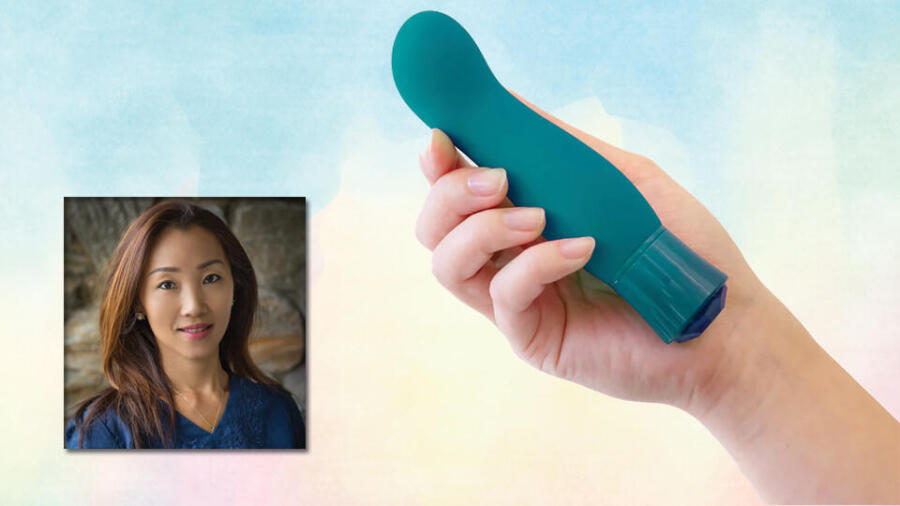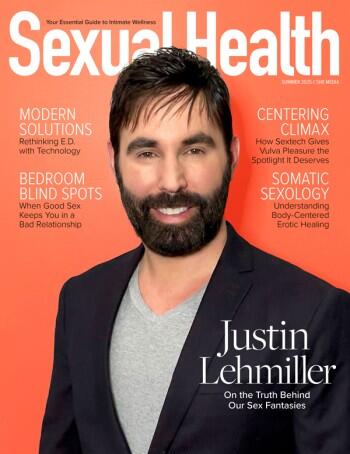Anyone who has ever set foot in an adult retail establishment has most likely encountered aisles bursting with pink and purple items. For a long time, those two colors have been the default for sex toys, vibrators especially. But times have been changing! These days, consumers want more color choices — and retailers now have many more options to offer.
Maybe your shoppers want less gendered colors when selecting a toy. After all, pink and purple are commonly colors aimed at women and girls — not just in adult, but in almost every mainstream product category. Or perhaps they are simply in the mood for something that better represents their own style and personality. Either way, there are growing product lines that center bold colors as part of their brand, with everything from jewel tones to trendy pastels and even collections that incorporate ombre and swirl designs for an eye-catching pop of multiple colors.
Today we’re going to talk about why this color expansion is so exciting. Why does color matter? How can it affect your shoppers’ choices? And how can all of this benefit you? Let’s talk color.
Why Does Color Matter?
Studies have shown that color can impact our moods. Warmer colors like red, yellow and orange are said to trigger feelings of love, passion, happiness and anger. Cooler colors like blue, green and purple are believed to foster calmness and creativity. There is even some clinical evidence that suggests different colors can do everything from boost our energy levels to provide migraine relief.
Moving that conversation into the world of adult retail adds more layers. We have to think about arousal. Arousal requires comfort, safety and relaxation, so cooler color choices that evoke those feelings can be helpful. Don’t forget about red’s association with passion and love. And there will always be some shoppers who will feel put off by toys that are clearly marketed to a specific gender, the way pink and purple toys often are, so it’s important to keep that in mind when selecting color palettes.
Colors Are Fun
Have you ever noticed how kids respond to those big boxes of crayons, the ones with numerous shades and hues to choose from? So much creativity and fun often come from those experiences. The joy, inspiration and mood change we often associate with color doesn’t go away as we age; it simply changes its form.
In the world of fashion, for example, color is not only an essential part of the overall design process, it’s also an important part of self-expression — and can quickly set national or even worldwide color trends.
Every season, fashion journalists and tastemakers pay attention to the colors walking down runways and showcase what they noticed online. At Blush, we have absolutely noticed a correlation between the color choices people are making for their bags and shoes and the colors that are being featured in more sex toy lines.
Beyond clothes, we’ve also seen nail polish brands like Essie, OPI and Olive & June expand their color palettes to include a variety of shades and tones of classic colors, making it possible for customers to express their style, mood or trend savviness on their fingers. Makeup brands like MAC, Urban Decay, About Face and Lime Crime are at the forefront of making bold, saturated colors something that can even be worn on our faces.
Needless to say, shoppers love color. It’s fun to experiment with, it offers the opportunity to personalize a purchase and it can be a reflection of personal identity. If it’s commonplace in mainstream retail environments, why not give adult retail customers the same experience?
Boost Your Sales With Color
The right color can make or break a sale. A shopper who is on the fence about buying that higher-priced luxe toy might be swayed after learning it’s available in a color they love. It’s always worth stocking an unconventional color choice to see how your customers react to it — you might be surprised by which colors they gravitate toward. It’s easy to project our own taste and style onto things, but each generation seems to respond to colors differently. Never assume!
This isn’t to say that pink and purple are no longer in style. These hues are classics for a reason. We’re loving what many companies are doing with these two mainstays by playing with shade and tone so the purples and pinks we see on shelves stand out from each other. We’re noticing soft lilacs and pastel lavenders, baby pinks and bright magentas, even bold royal purples. They’re all gracing adult retail shelves and putting modern spins on these two standard colors.
When your inventory features multiple color options for your shoppers to choose from instead of just a sea of pink and purple, you greatly increase the odds of your shoppers leaving the store happy — and shoppers who leave happy are shoppers who come back for more.
Verna Meng is the co-founder and CEO of Blush, and the recipient of the 2018 International Women’s Entrepreneurial Challenge Foundation Award.









